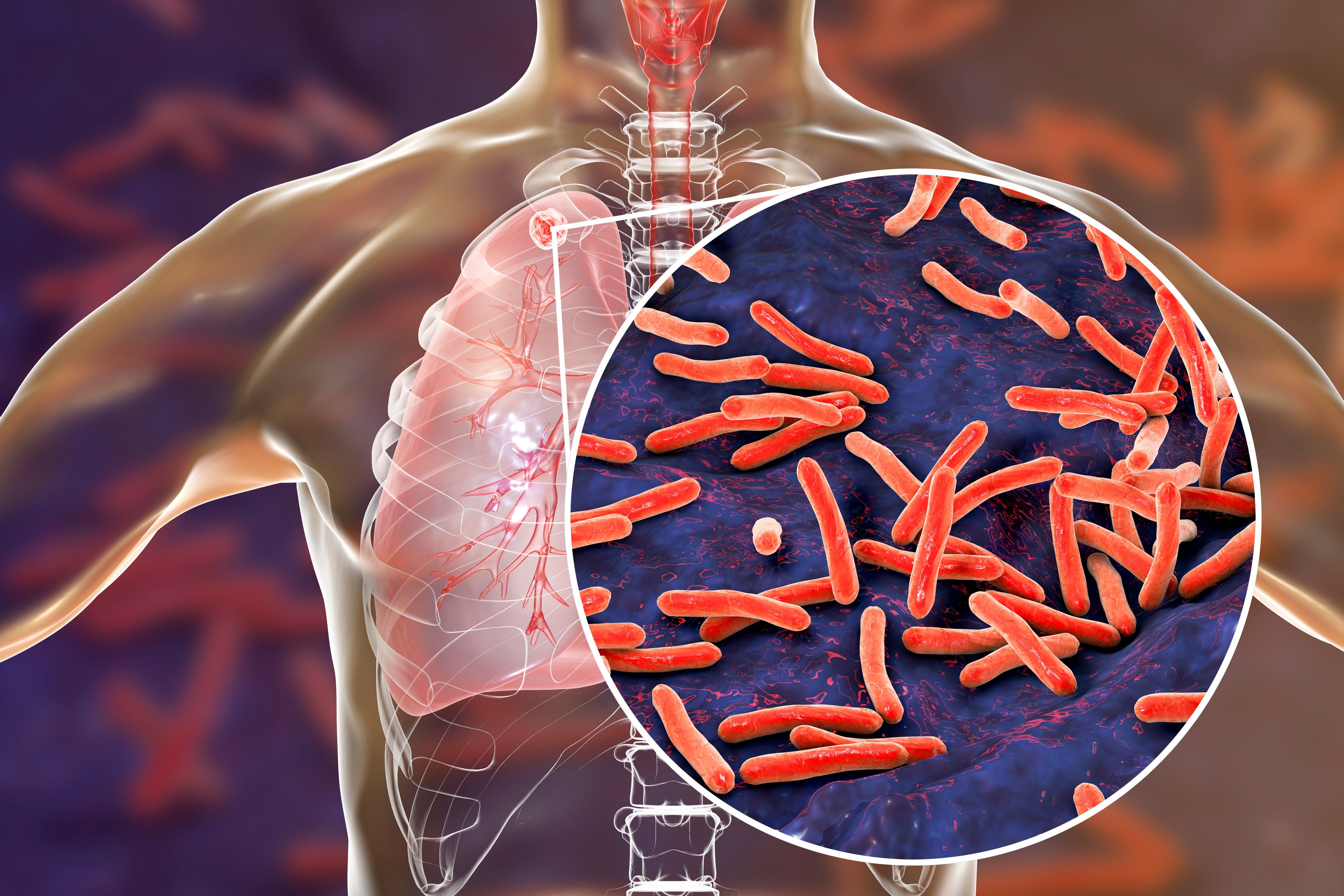Measuring Isoniazid in Tuberculosis Patients with LC-MS
Researchers have evaluated the possibility of analyzing finger sweat through liquid chromatography-mass spectrometry (LC-MS) to ensure medication adherence and as a semi-quantitative tool in therapeutic drug management assessment and report positive results.
A recent study published in the International Journal of Antimicrobial Agents presented findings by researchers evaluating the possibility of analyzing finger sweat through liquid chromatography-mass spectrometry (LC-MS) to ensure medication adherence and as a semi-quantitative tool in therapeutic drug management assessment (1). While the authors focused their analysis on anti-tuberculosis (TB) medications, they believe this technique can be adapted for other drugs, reducing the burden on clinics and improving the overall patient experience.
The paper states that while TB is among the leading causes of death from an infectious agent, with an estimated 1.3 million deaths worldwide in 2022, drug-susceptible (DS) TB is curable. However, about 50% of TB patients do not fully observe their prescribed antibiotic regimen for the disease, which can be extensive. This lack of adherence to the regimen increases the patient’s likelihood of relapse as well as the likelihood of their developing drug-resistant forms of the disease that are harder and considerably more expensive to treat and have lower rates of survival.
The collection and analysis of finger sweat rather than conventional testing of serum or plasma offers many benefits, the authors wrote. The collection process is quick, easy, and can be performed at any location without need for specialist training or materials. Unlike traditional biological samples, finger sweat samples are not biohazardous, which simplifies the transport and storage processes. In addition, the testing of finger sweat has already been used to detect other therapeutic drugs, including carbamazepine and lorazepam (used to treat epilepsy) (2,3). The ease and simplicity of this technique in the monitoring of TB can reduce the burden on clinics, improve patient experience and outcomes, and ultimately improve treatment adherence.
In the pilot study, conducted at the Tuberculosis Center Beatrixoord of the University Medical Center Groningen (UMCG, Haren, Netherlands), non-contagious inpatients receiving daily treatment with the antibiotic isoniazid for at least one week. The patients provided samples of blood just prior to and in the hours following oral administration of isoniazid by a nurse as part of their routine care, as well as samples of their finger sweat (collected from clean fingertips) and saliva. Serum and saliva samples were analyzed using a validated liquid chromatography-tandem mass spectrometry (LC-MS/MS) method, while finger sweat samples were analyzed using a validated LC-MS method. Performance of the methods used was assessed using linearity, limit of quantification (LOQ), carryover, recovery, accuracy and precision, and stability.
Through the LC-MS techniques, isoniazid and its metabolite acetyl isoniazid were detected in at least one finger sweat sample from all ten participating patients. The parent drug was more frequently detected than its metabolite, with an overall detection rate of 90% (162/180) vs. 73% (131/180) throughout the study; or 96% (144/150) vs. 77% (116/150) post isoniazid administration. Acetyl isoniazid was only detected in samples which contained isoniazid, and the mass of metabolite per sample was consistently less than its parent drug counterpart (1).
Although the study provided proof of concept, the researchers noted that there was no way of tracking the last drug dose and confirmation testing with an established analysis method. However, by collecting samples at multiple time points following the controlled administration of isoniazid, the optimum sampling time for a finger sweat adherence test has been determined.
Secondary tuberculosis in lungs and close-up view of Mycobacterium tuberculosis bacteria, 3D illustration. © Dr_Microbe - stock.adobe.com

References
1. Longman, K.; Akkerman, O. W.; Ghimire, S.; Bolhuis, M. S.; Chambers, M. A.; Sturkenboom, M. G. G.; Bailey, M. J. Measurement of Isoniazid in Tuberculosis Patients Using Finger Sweat with Creatinine Normalisation: A Controlled Administration Study. Int. J. Antimicrob Agents 2024, 107231. DOI: 10.1016/j.ijantimicag.2024.107231
2. Müller, I. R.; Grandi, V. T. et al.Determination of Carbamazepine in Fingerprints: A Feasibility Study to Evaluate Adherence in Epilepsy Patients. Bioanalysis 2024. DOI: 10.4155/BIO-2023-0265
3. Goucher, E.; Kicman, A.; Smith, N.; Jickells, S. The Detection and Quantification of Lorazepam and its 3-O-glucuronide in Fingerprint Deposits by LC-MS/MS. J. Sep. Sci. 2009, 32, 2266-2272. DOI: 10.1002/jssc.200900097
Distinguishing Alcohol- from Non-Alcohol-Associated Liver Cirrhosis with LC-MS
May 7th 2025A pilot study investigating whether nicotinamide adenine dinucleotide kinase (NADK) expression is selectively diminished in alcohol-associated liver cirrhosis (AC), as well as evaluating its potential as a biomarker for this condition, measured AC and non-AC (NAC). Nicotinamide adenine dinucleotide (NAD+) and nicotinamide adenine dinucleotide phosphate (NADP+) levels in human liver samples were measured using liquid chromatography-mass spectrometry (LC-MS).

.png&w=3840&q=75)

.png&w=3840&q=75)



.png&w=3840&q=75)



.png&w=3840&q=75)



